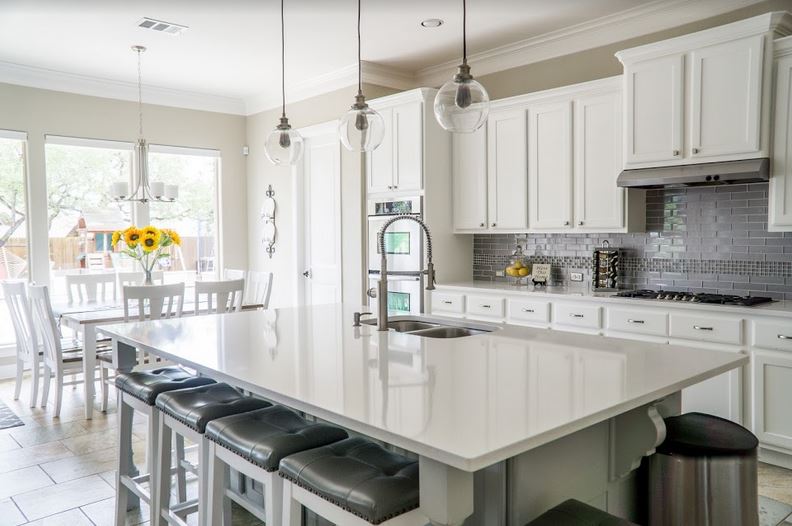Interior design is a difficult art that requires good taste, a sense of proportion, orientation in the selection of furniture and equipment available on the market. Not everyone can wield it, and the way to do that is to hire a person who specializes in interior design. If we decide to have such a person help us, it is worth being careful during her work, because not all specialists are professionals.
By nature, man is not a being who cares for the welfare of others above his own. Some people prefer to cause damage to a service performed for someone else just to shake off the excess work and earn the same as a full-fledged assignment. There are also such dishonest people among designers. It is good if the person who entrusts interior design to someone knew their scope of duties very well, to carefully account for the service, and not to regret the decision to cooperate.
- https://www.gdzie.warszawa.pl/profesjonalne-ozonowanie-co-zabija/
- https://www.apbreloaded.com.pl/jak-dzialac-by-marketing-na-facebooku-przynosil-efekty/
- https://linos.pl/jakie-plytki-ceramiczne-wybrac-do-mieszkania/
The design prepared by the interior design office should be based on the rich experience and impressive skills of its author. At the beginning of each such type of cooperation, we should be precisely informed about what exactly will be gained within and thanks to the project.
Despite the variety of methods of implementing the concept by various offices or private persons involved in the field of architecture, such as interior design, they cannot omit some of the main stages of the stages. If we see them being forgotten or ignored, it can be a clear sign that we are dealing with bullying.
The aforementioned stages of creating an interior design depend on the type of the designed building – whether it is already existing or is just about to be built.
If interior design is to include rooms that already exist in reality, the first thing a professional designer should do is inventory. What’s this? It is an accurate, error-free measurement of each designed room, which is absolutely mandatory.
In the event that the building is still under construction, the inventory should be carried out only when it is possible (preferably as early as possible), and then changes and corrections should be made to the previously prepared design.
Another undeniable obligation of the person offering interior design is to develop an interior concept, i.e. a flat projection of the rooms, taking into account partition walls and comprehensive equipment in the drawing: from wall tiles, panels, through furniture, to household appliances. If we are dealing with a professional, he will prepare at least two such concepts, and the chosen one is obliged to correct and modify until a satisfactory perspective of our interior is achieved. We should not continue cooperation when the person we employ, who promises interior design, presents us with only one project and does not agree to its reorganization and corrections. This attitude is against his professional ethics, which will result in our dissatisfaction with the results of the project.
The next obligation of the designer towards the client is not only to propose various types of furniture shown in the catalogs, but also to adapt to the price ceiling dictated by us. He should also be in possession of samples of the proposed materials (panels, tiles, sofa upholstery). He should also (for an additional fee) go with the client to view each selected interior element in a furniture store or furniture showroom.
When everything has gone according to plan so far and we have been additionally presented with a visualization of our composed interior, the next step is to create a technical design. It is to include detailed drawings showing the arrangement and dimensioning of walls, plumbing connections and other elements necessary to complete the project. Before signing the contract, we should check whether it is specified in the technical drawing, because not all architects make them, and they are necessary. Therefore, another thing that should be taken care of when starting cooperation in order to perform interior design well, is to request a contract template from the designer before signing it.
Each valued architect should also offer the client additional services as part of his work and has the right to charge an additional fee for it. What optional services are we talking about? Namely, it is about:
– organizing specifications for a specific supplier,
– monitoring deliveries,
– copying and providing drawings,
– checking and accepting alternative solutions.
Having this knowledge and having the ability to control the work of a designer, it is worth employing such a person. Our new interior will not be arranged too hastily or ill-considered. Such a person primarily takes into account man – his preferences and needs. So we are sure that our apartment will be functional, practical and nice, but it will also have its own aura, atmosphere and character.





